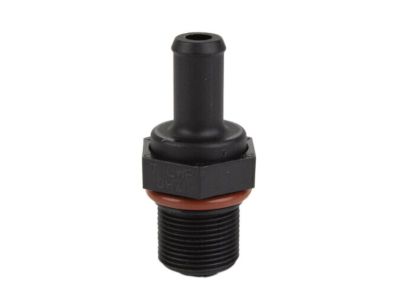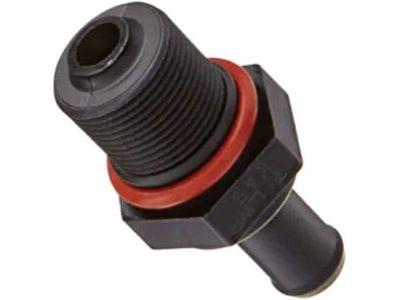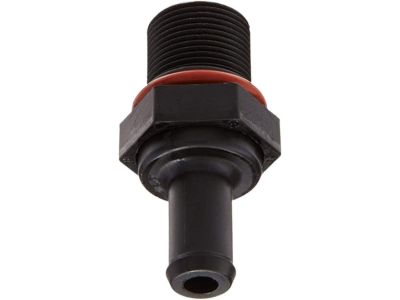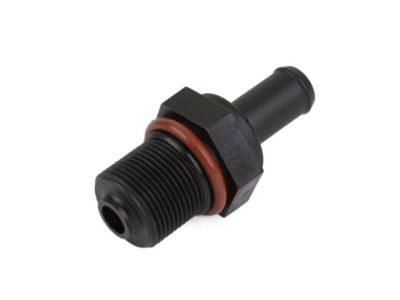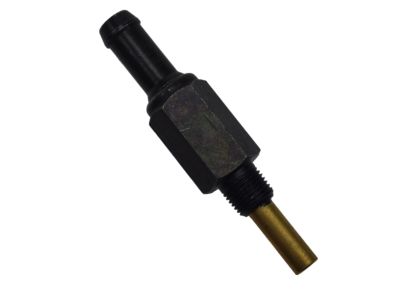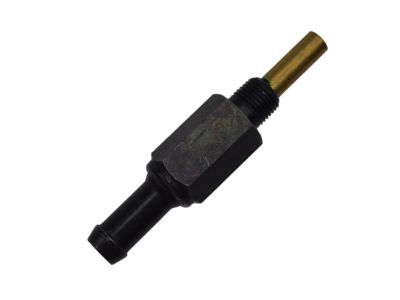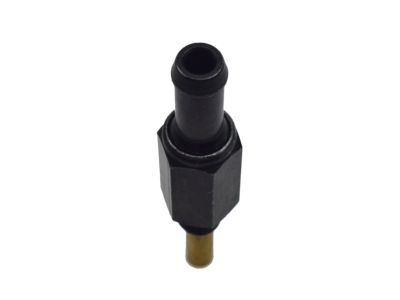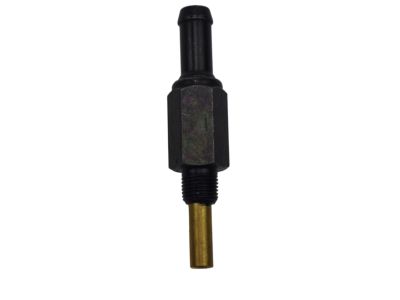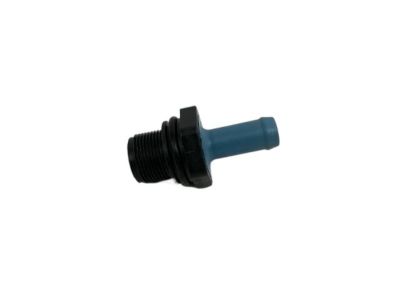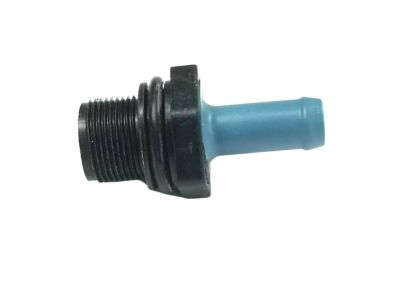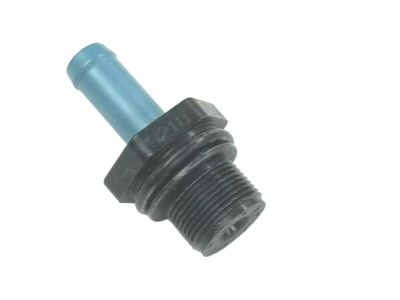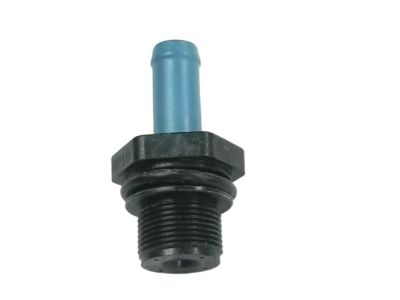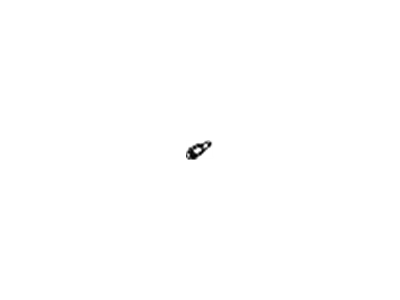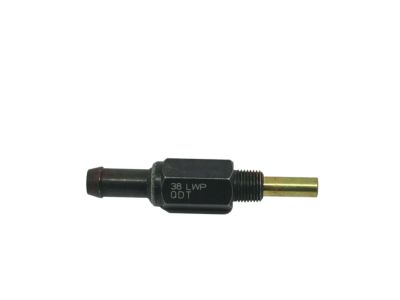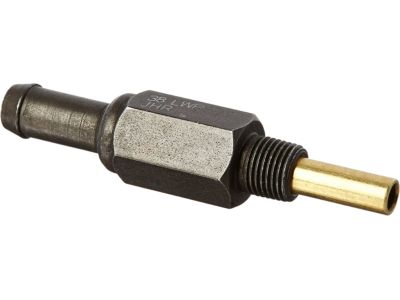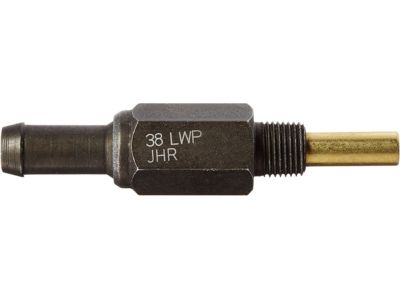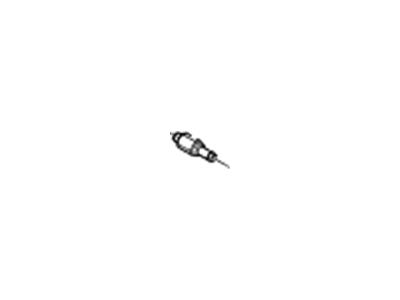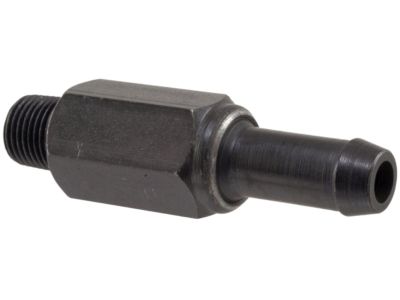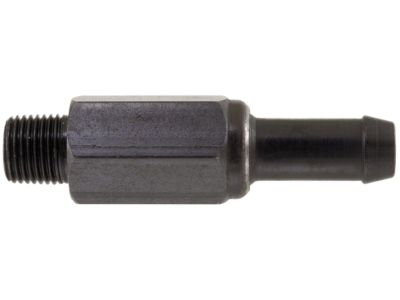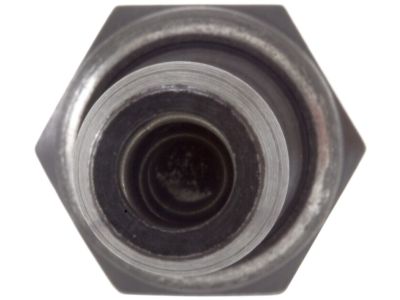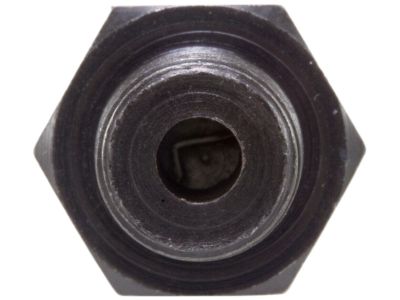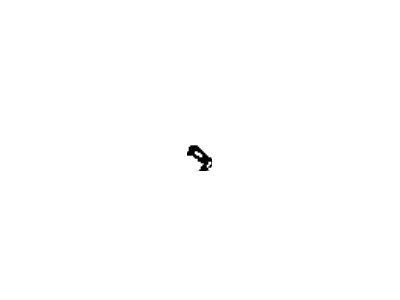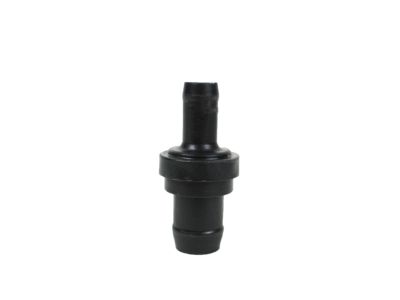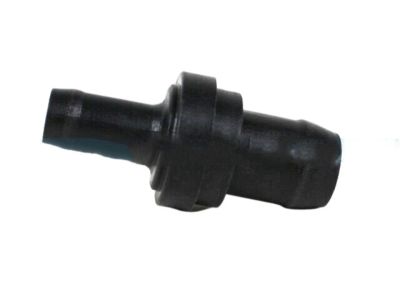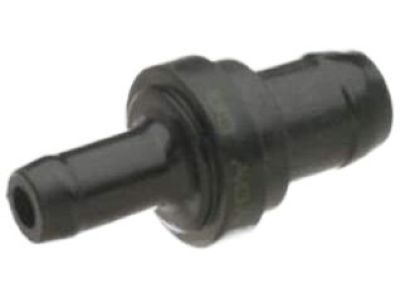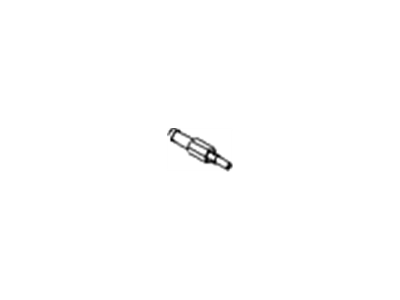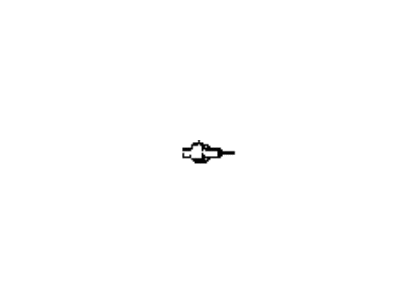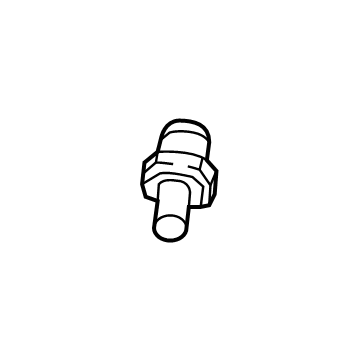×
- Hello
- Login or Register
- Quick Links
- Live Chat
- Track Order
- Parts Availability
- RMA
- Help Center
- Contact Us
- Shop for
- Hyundai Parts
- Hyundai Accessories


My Garage
My Account
Cart
Genuine Hyundai Sonata PCV Valve
Position Crank Ventilation Valve- Select Vehicle by Model
- Select Vehicle by VIN
Select Vehicle by Model
orMake
Model
Year
Select Vehicle by VIN
For the most accurate results, select vehicle by your VIN (Vehicle Identification Number).
8 PCV Valves found

Hyundai Sonata Valve-PCV
Part Number: 26740-2G000$24.60 MSRP: $31.78You Save: $7.18 (23%)Ships in 1-2 Business Days
Hyundai Sonata Valve-PCV
Part Number: 26740-32804$26.46 MSRP: $36.85You Save: $10.39 (29%)Ships in 1-3 Business Days

Hyundai Sonata Valve-PCV
Part Number: 26740-3C200$26.46 MSRP: $36.85You Save: $10.39 (29%)Ships in 1-2 Business Days
Hyundai Sonata Valve-PCV
Part Number: 26740-35504$21.60 MSRP: $27.92You Save: $6.32 (23%)Ships in 1-3 Business Days
Hyundai Sonata Valve-PCV
Part Number: 26740-38000$21.60 MSRP: $27.92You Save: $6.32 (23%)Ships in 1-3 Business DaysHyundai Sonata Valve-PCV
Part Number: 26740-35004$20.08 MSRP: $25.95You Save: $5.87 (23%)Ships in 1-3 Business DaysHyundai Sonata Valve-PCV
Part Number: 26740-2M000$81.93 MSRP: $115.12You Save: $33.19 (29%)Ships in 1-3 Business Days
Hyundai Sonata PCV Valve
If you are looking for affordable high-quality OEM Hyundai Sonata PCV Valve, then you have come to the prime place. Our website provides a large amount of genuine Hyundai Sonata PCV Valve at unbeatable prices. All our parts come backed with the manufacturer's warranty.
Hyundai Sonata PCV Valve Parts Questions & Experts Answers
- Q: How Does the PCV System Work, and What Maintenance is Recommended for PCV Hose and PCV Valve on Hyundai Sonata?A:The Positive Crankcase Ventilation (PCV) system leads blow-by gases and crankcase vapors into the intake manifold allowing them to mix with intake air then to be sucked into the combustion chamber and burned together air/fuel mixture. This system fresh air from the air filter housing is channeled through hoses into the crankcase, where the fresh air gets to mix with the blow-by gases before the intake vacuum sucks it through the PCV valve and into the intake manifold. High intake manifold vacuum under idle and part-throttle helps draw blow-by gases and crankcase emulsion vapor via the PCV valve and through the crankcase ventilation hose into the intake manifold while at the same time drawing fresh air through the air intake duct or air filter housing into the crankcase. While, there is no specific timing for checking free the PCV valve or the hoses, the system slowly becomes less efficient because of oily sludge deposits and crankcase pressure build-up, which leading to symptoms like leaking engine seals. PCV hoses should be checked during such maintenance activities as the change of the oil filter, air filter, fuel filter, or spark plug; where dirty, the hoses should be washed; where cracked or deteriorated, the hoses should be renewed. On all models, the PCV valve is fastened to the valve cover; it should also be checked and replaced, when needed.
Related Hyundai Sonata Parts
Browse by Year
2023 PCV Valve 2019 PCV Valve 2018 PCV Valve 2017 PCV Valve 2016 PCV Valve 2015 PCV Valve 2014 PCV Valve 2013 PCV Valve 2012 PCV Valve 2011 PCV Valve 2010 PCV Valve 2009 PCV Valve 2008 PCV Valve 2007 PCV Valve 2006 PCV Valve 2005 PCV Valve 2004 PCV Valve 2003 PCV Valve 2002 PCV Valve 2001 PCV Valve 2000 PCV Valve 1999 PCV Valve 1998 PCV Valve 1997 PCV Valve 1996 PCV Valve 1995 PCV Valve 1994 PCV Valve 1993 PCV Valve 1992 PCV Valve 1991 PCV Valve 1990 PCV Valve 1989 PCV Valve 1988 PCV Valve
